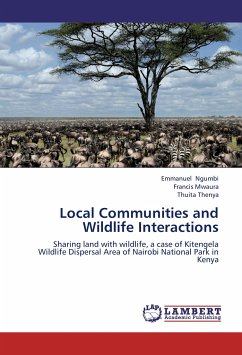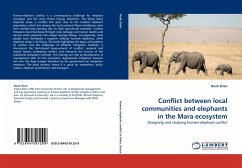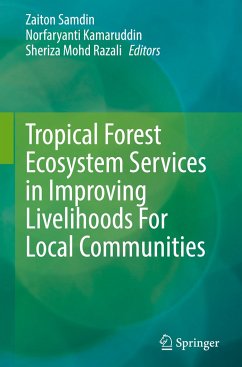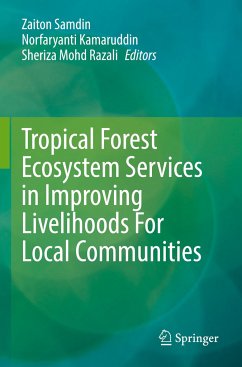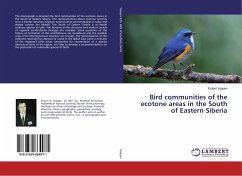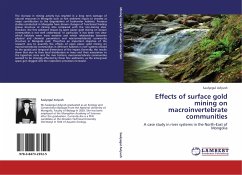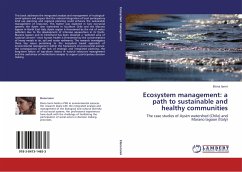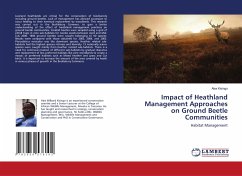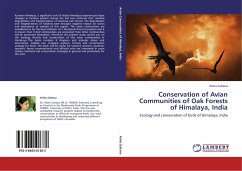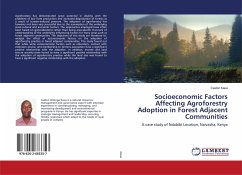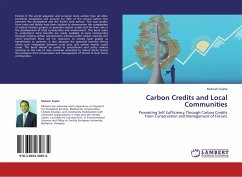
Carbon Credits and Local Communities
Promoting Self Sufficiency Through Carbon Credits From Conservation and Management of Forests
Versandkostenfrei!
Versandfertig in 6-10 Tagen
32,99 €
inkl. MwSt.

PAYBACK Punkte
16 °P sammeln!
Forests of the world sequester and conserve more carbon than all other terrestrial ecosystems and account for 90% of the annual carbon flux between the atmosphere and the Earth's land surface. Two case studies from India and Bolivia have been studied to demonstrate the complexities of carbon forestry projects to generate carbon credits and for their role in the development of local communities and environment. This book seeks to understand what benefits are made available to local communities through existing carbon sequestration schemes under carbon markets and what incentives there are for e...
Forests of the world sequester and conserve more carbon than all other terrestrial ecosystems and account for 90% of the annual carbon flux between the atmosphere and the Earth's land surface. Two case studies from India and Bolivia have been studied to demonstrate the complexities of carbon forestry projects to generate carbon credits and for their role in the development of local communities and environment. This book seeks to understand what benefits are made available to local communities through existing carbon sequestration schemes under carbon markets and what incentives there are for executors to involve local people as beneficiaries or partners. It also discusses the potential harmful effects which such integration between rural poor and carbon market could cause. The book should be useful to practitioners and policy makers working on the role of new economic incentives to reduce Green House Gas emissions from conservation and management of forests to local forest communities.



